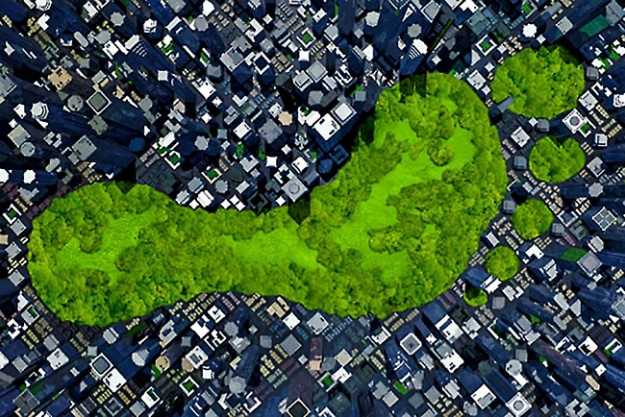Believe it or not, in the not too distant past, people worrying about the environment and their carbon footprint were not taken very seriously, banished to the back of society’s minds and remembered only if we happened to hear about some protest action or watching a documentary.
Today, fortunately, we live in a much more enlightened era and we are all trying to do our best to stay informed and apply what is best for humanity and its future. Taking care of the environment is in our hands and having the correct knowledge helps us make good decisions.
What Is A Carbon Footprint And Why Should You Care?
As humans, everything we do or buy that adds to pollution of the environment contributes to our part in the problem. [pullquote]As an individual, the more you control your impact and lessen your part in this, the smaller your negative ‘footprint’ on the environment becomes.[/pullquote] Put all efforts together, and the lessened, total sum of carbon emission makes for a less negative impact on the environment. Simple as that.
So, you drive a smarter car, use less energy and opt for organic produce. Is there anything more you could do, really? And dare you think -“Do I have time to worry about more than that?”
In your quest to do your part for the environment, have you ever considered which clothing materials may have an impact, whether it be positive or negative, on this critical issue?
Factors To consider
Is it natural or synthetic? – When things must be processed, they contribute to pollution, so the more natural the material used, the lesser chemicals are used in production. Dyes and printing processes use chemicals and contribute to the negative impact on our environment. Going organic is now not only for foodstuffs but also applies to the fashion industry!
The production process’ total carbon emission – In producing the material, awareness should be on how much the process contributes to pollution. Now we have saved you hours of research and calculations by giving you the data below.
Is it biodegradable? – In the end of its lifetime, should it end up in a waste pile somewhere, will your clothes be able to biodegrade or not? You can imagine how this will be positive or negative. So, even if you give your old clothes to the salvation army or a thrift shop, remember, at some stage, it will be time to throw it away.
In this Infographic, we have taken much of the information you should consider and broken it down in a manner that you can easily understand, remember and apply. We have made it easier for you to make informed decisions when out buying clothes or material for your clothing project. Make the right choice!
Carbon Footprint Of 8 Common Clothing Materials
Click Infographic To Enlarge


COMMENTS